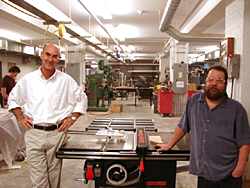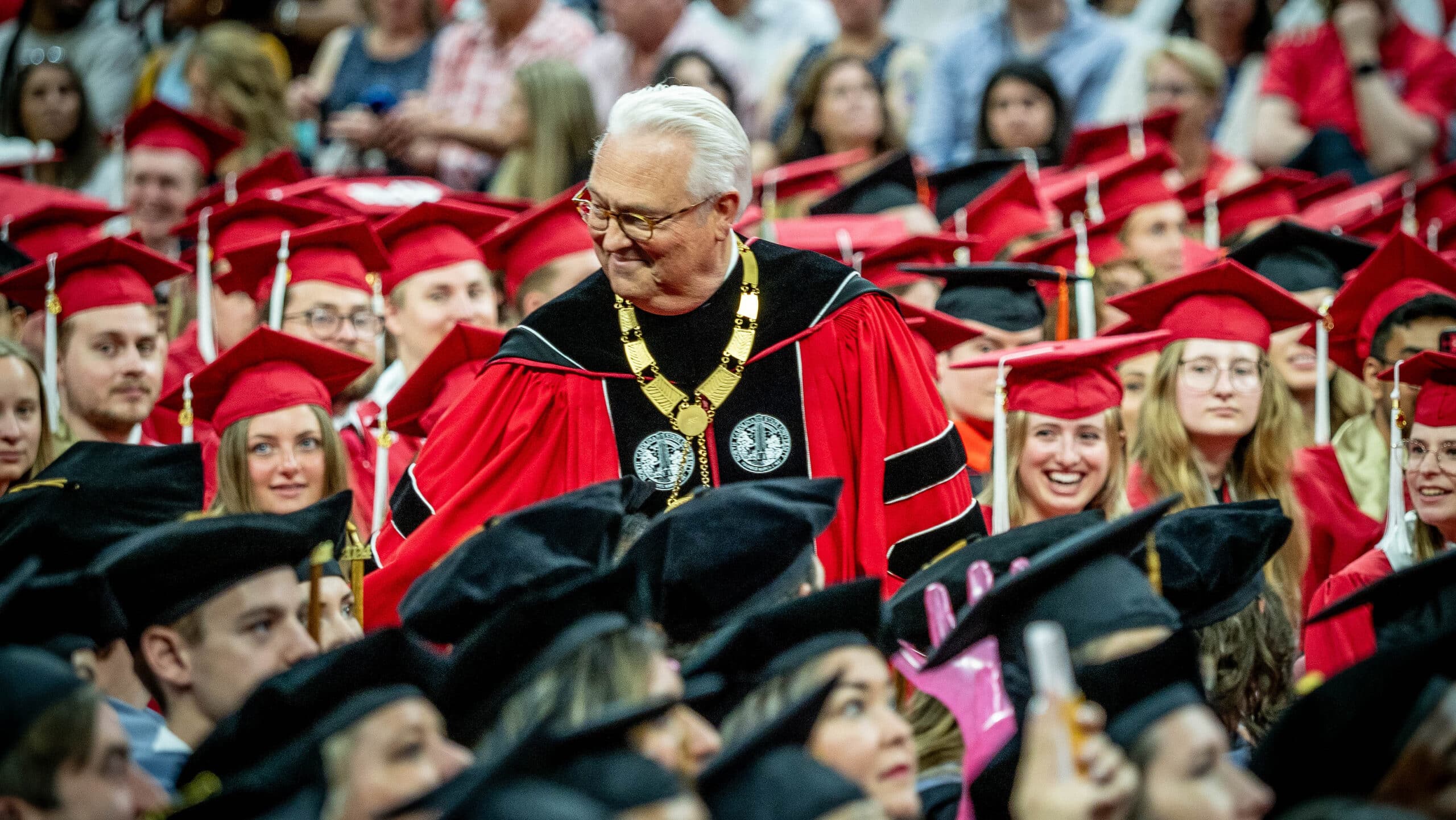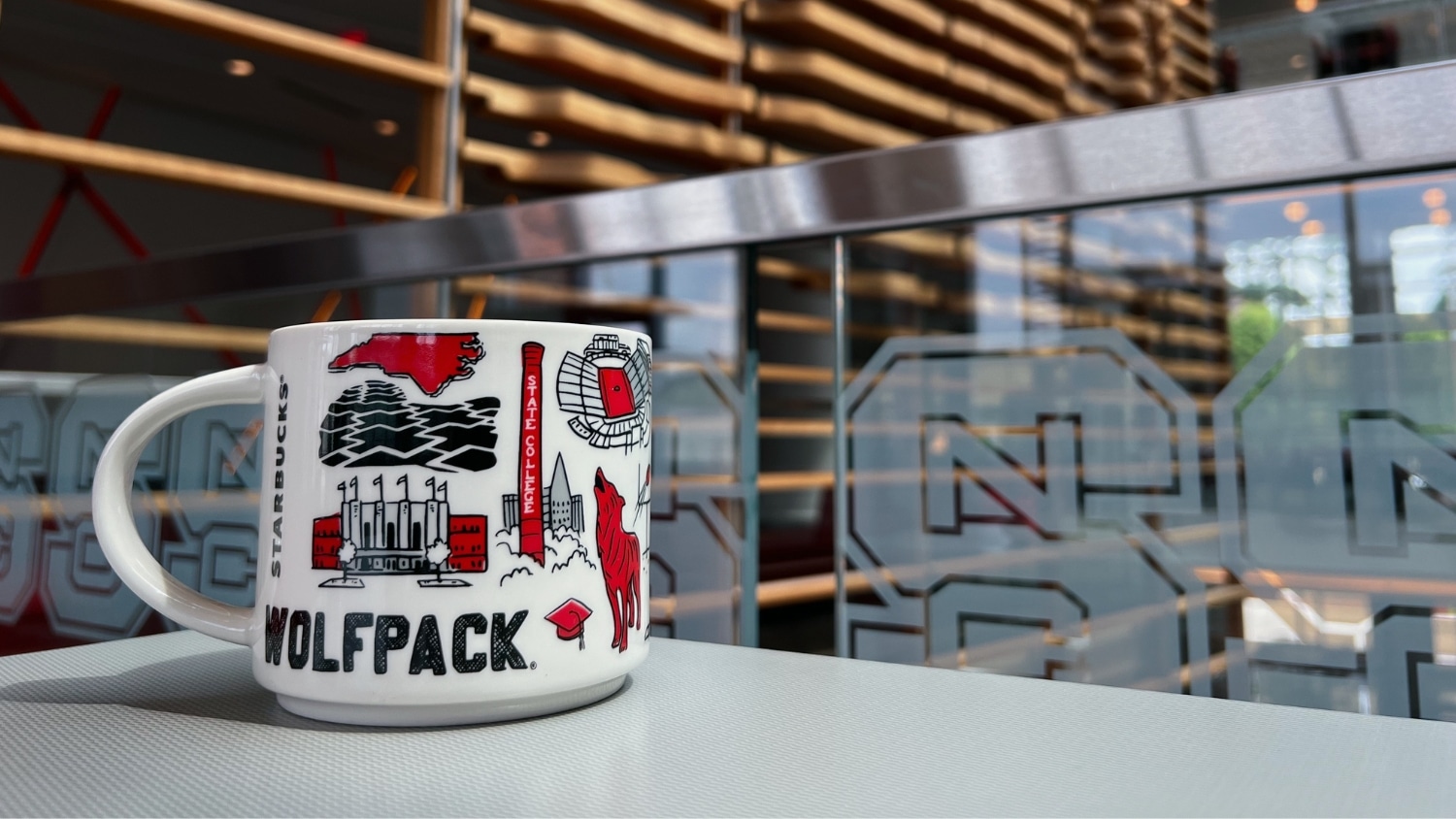First Cut Isn’t the Deepest
The Materials Lab in the College of Design isn’t a place for the faint of heart. Here, in the depths of Leazar Hall, are enough implements of destruction to chill a risk manager’s blood. But now, thanks to the efforts of two dedicated staff members, the margin of safety in the busy lab is considerably wider.
Two years ago, Jim Dean and Chris Jordan convinced the lab to purchase a table saw that has the remarkable ability to detect when a person’s skin comes into contact with the blade. It automatically applies a brake (actually a spring-loaded block of aluminum) that stops the blade from spinning in 5,000th of a second. You’ll suffer a cut, but only about a 16th of an inch deep.

The technology that enables the saw to save your finger isn’t rocket science, but it’s effective. The saw blade is equipped with a sensor that detects a drop in voltage when human skin comes in contact with the blade (your body has electrical capacitance; wood doesn’t). The sensor triggers the spring, which releases the brake. At the same time, the angular momentum of the saw causes the blade to drop below the table and the motor is shut off.
The saw runs about $1,000 more than a regular table saw. Is it worth it? Just ask the student who accidentally touched the blade recently, tripping the stopping mechanism, and possibly saving a few digits (fingers and money).
After their success with the table saw, Dean and Jordan did some research and made a few more safety suggestions. As a result, the lab also boasts a band saw with a completely enclosed blade (you couldn’t touch the blade if you tried) and a cutter-head planner saw that emits just half the noise of the one it replaced.
The focus on safety is important since the Materials Lab is one of the few machine shops on campus that is open to students. Even with the new equipment, the lab still has its share of risks. Take the plasma torch, for example. It uses a powerful electric arc to create plasma out of a blast of ordinary dried air. The result: It can literally vaporize metal up to three-eighths of an inch thick.
The lab also includes a collection of sanders, saws, welders, lathes and drill presses – everything you need, in fact, to create those cool three-dimensional prototypes and scale models that design students love. But before they can slap on a pair of safety glasses and crank up the horizontal mortiser, they have to pass an extensive orientation.
- Categories:


